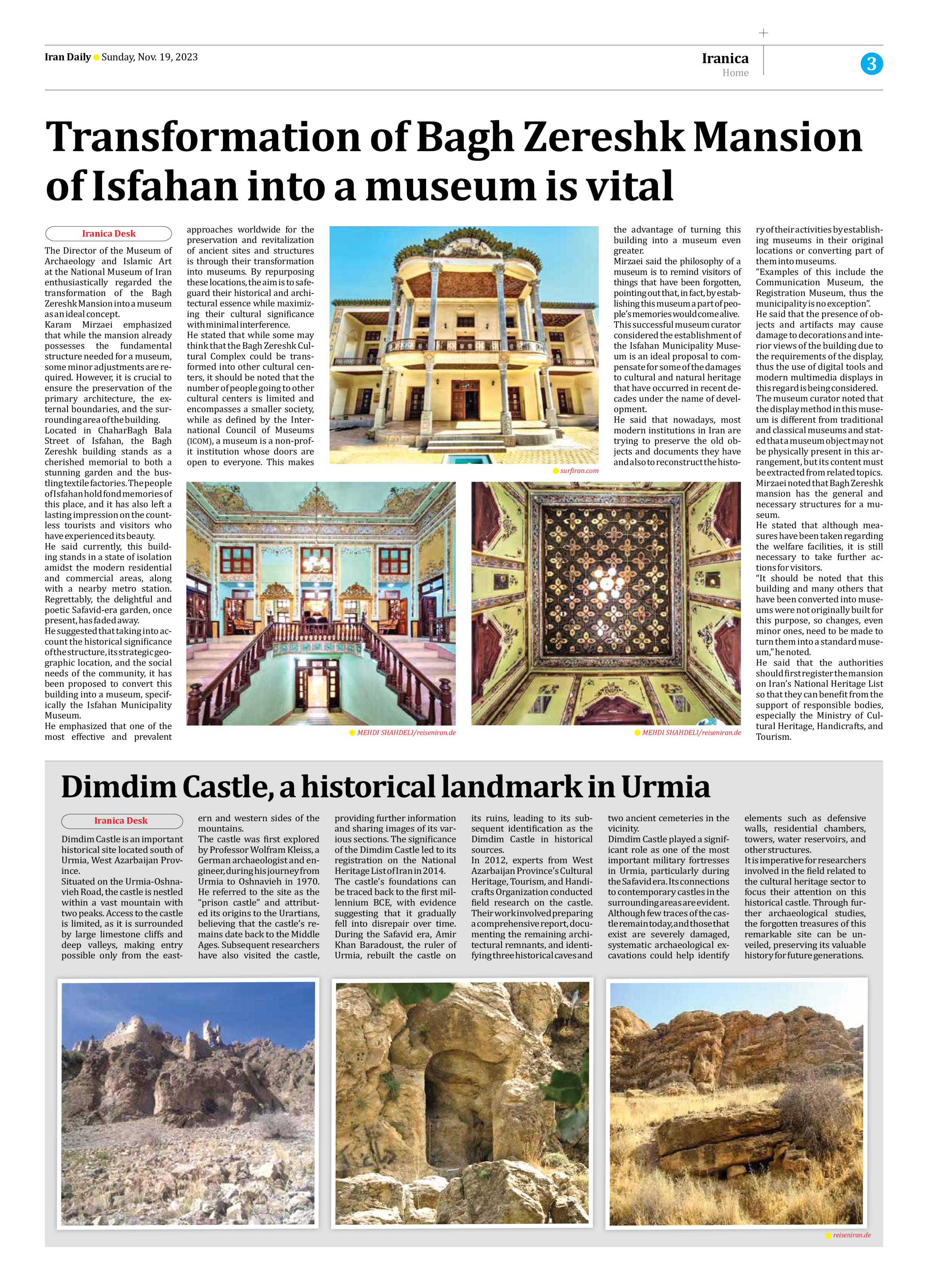
Dimdim Castle, a historical landmark in Urmia
Dimdim Castle is an important historical site located south of Urmia, West Azarbaijan Province.
Situated on the Urmia-Oshnavieh Road, the castle is nestled within a vast mountain with two peaks. Access to the castle is limited, as it is surrounded by large limestone cliffs and deep valleys, making entry possible only from the eastern and western sides of the mountains.
The castle was first explored by Professor Wolfram Kleiss, a German archaeologist and engineer, during his journey from Urmia to Oshnavieh in 1970. He referred to the site as the “prison castle” and attributed its origins to the Urartians, believing that the castle’s remains date back to the Middle Ages. Subsequent researchers have also visited the castle, providing further information and sharing images of its various sections. The significance of the Dimdim Castle led to its registration on the National Heritage List of Iran in 2014.
The castle’s foundations can be traced back to the first millennium BCE, with evidence suggesting that it gradually fell into disrepair over time. During the Safavid era, Amir Khan Baradoust, the ruler of Urmia, rebuilt the castle on its ruins, leading to its subsequent identification as the Dimdim Castle in historical sources.
In 2012, experts from West Azarbaijan Province’s Cultural Heritage, Tourism, and Handicrafts Organization conducted field research on the castle. Their work involved preparing a comprehensive report, documenting the remaining architectural remnants, and identifying three historical caves and two ancient cemeteries in the vicinity.
Dimdim Castle played a significant role as one of the most important military fortresses in Urmia, particularly during the Safavid era. Its connections to contemporary castles in the surrounding areas are evident.
Although few traces of the castle remain today, and those that exist are severely damaged, systematic archaeological excavations could help identify elements such as defensive walls, residential chambers, towers, water reservoirs, and other structures.
It is imperative for researchers involved in the field related to the cultural heritage sector to focus their attention on this historical castle. Through further archaeological studies, the forgotten treasures of this remarkable site can be unveiled, preserving its valuable history for future generations.







